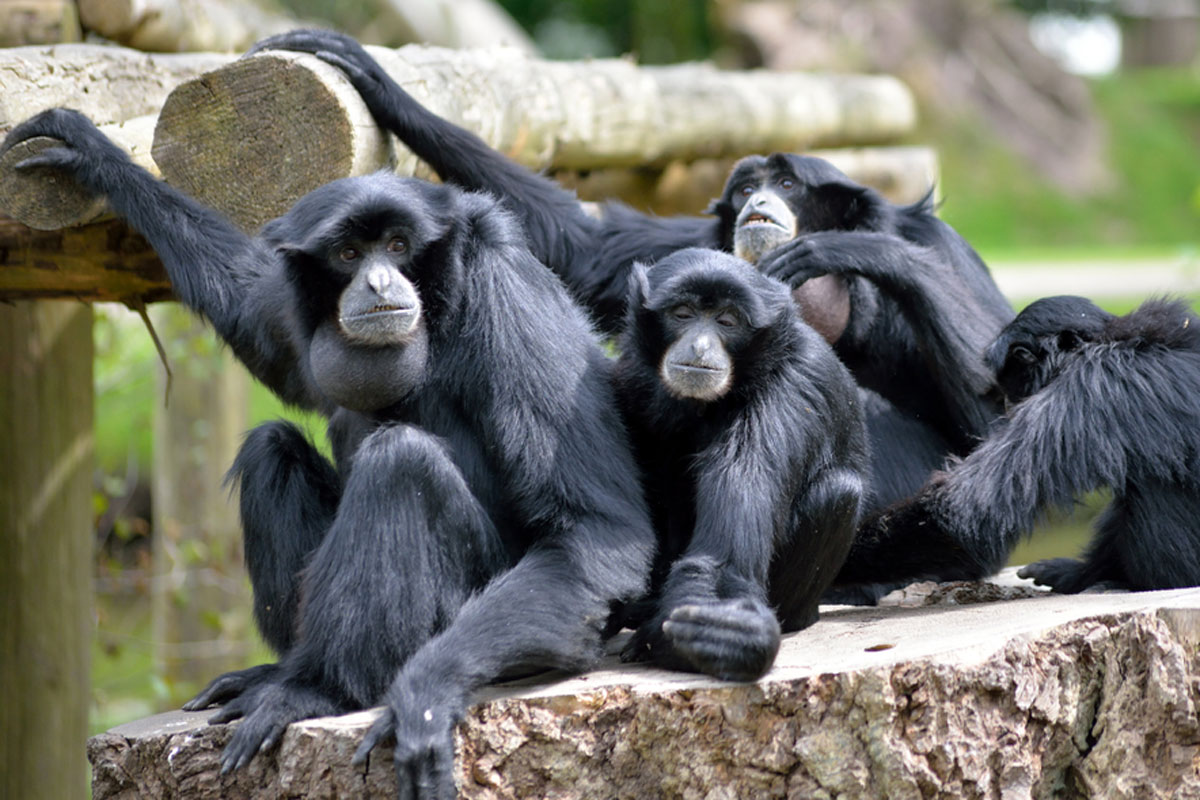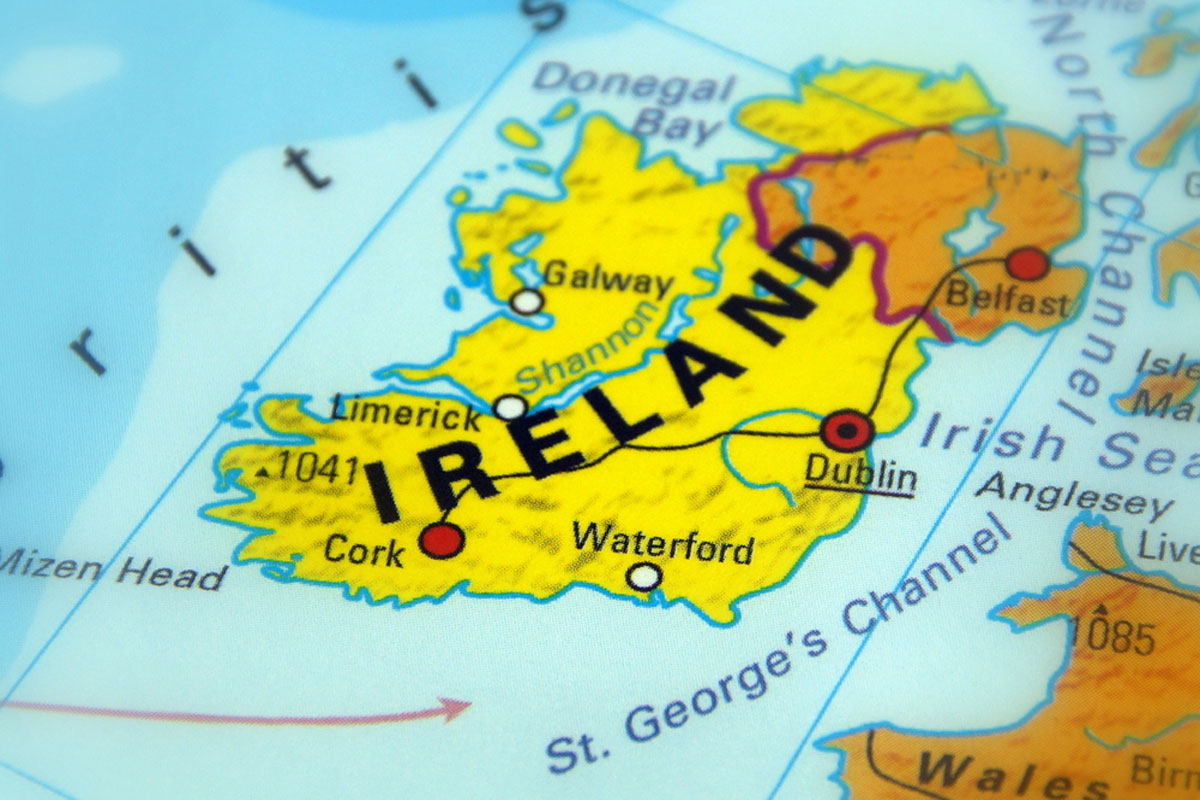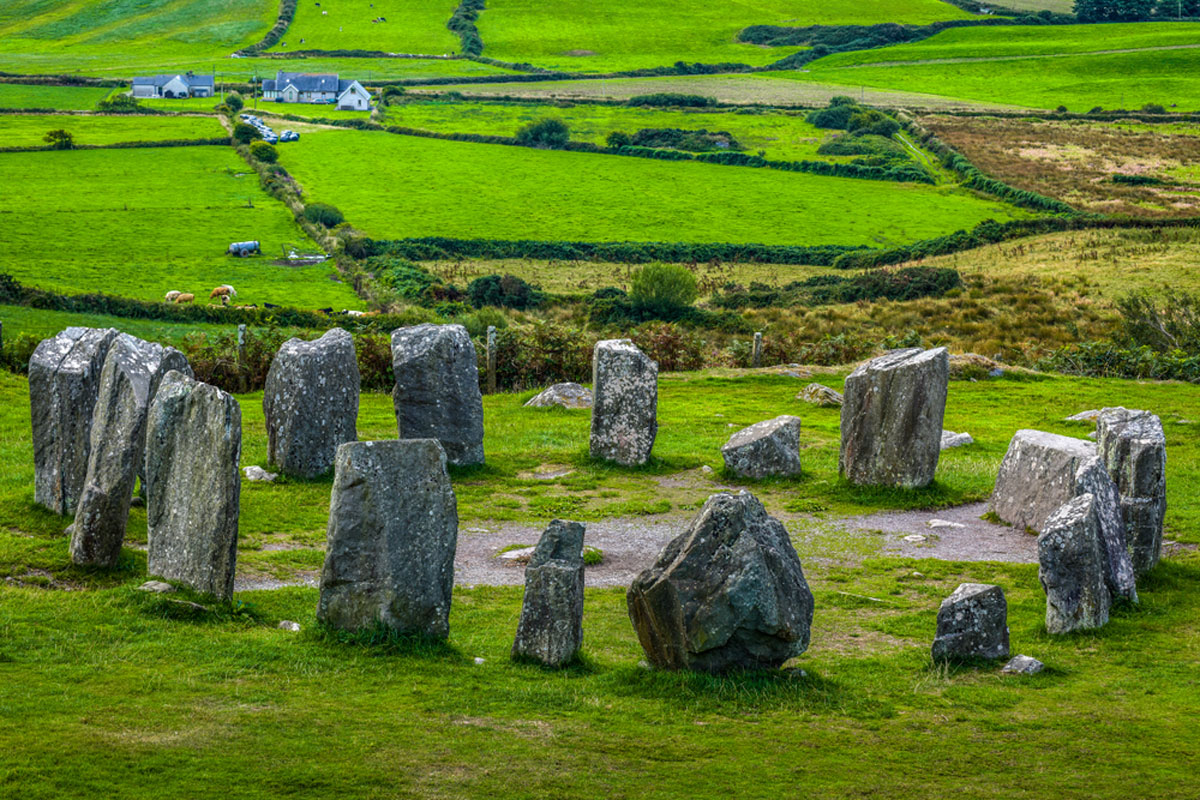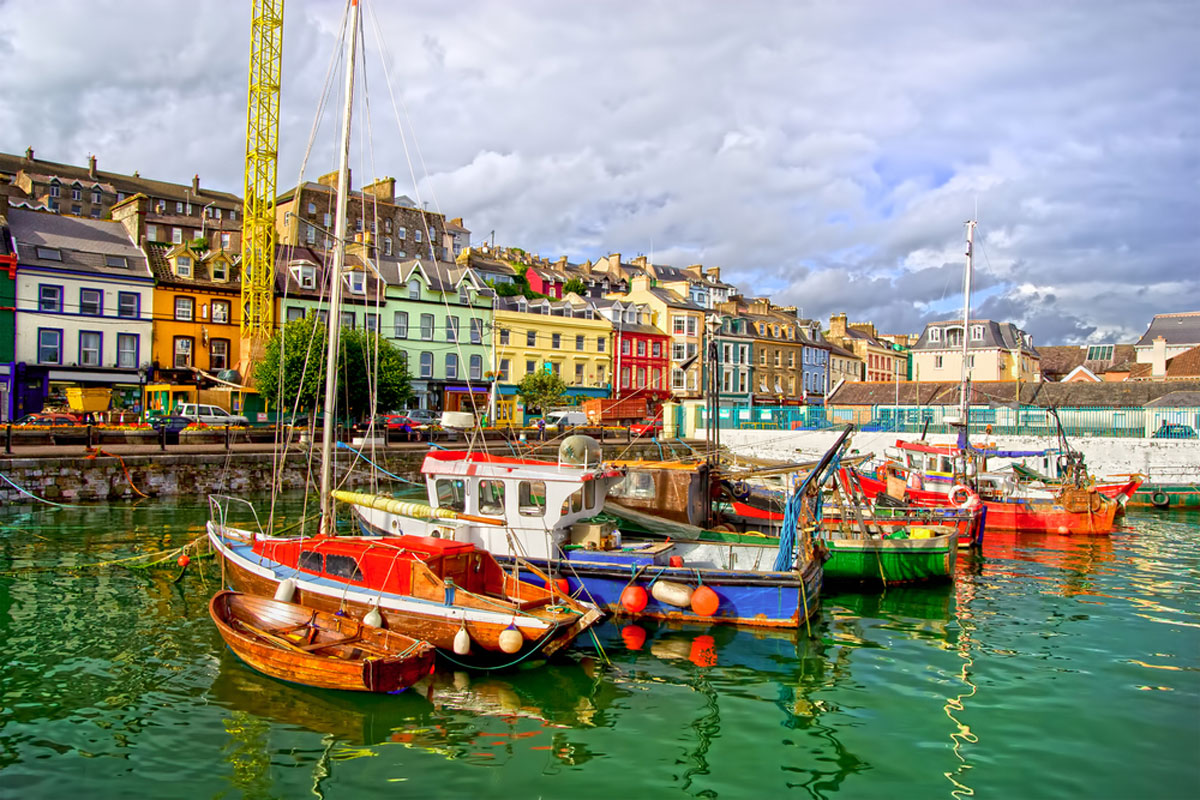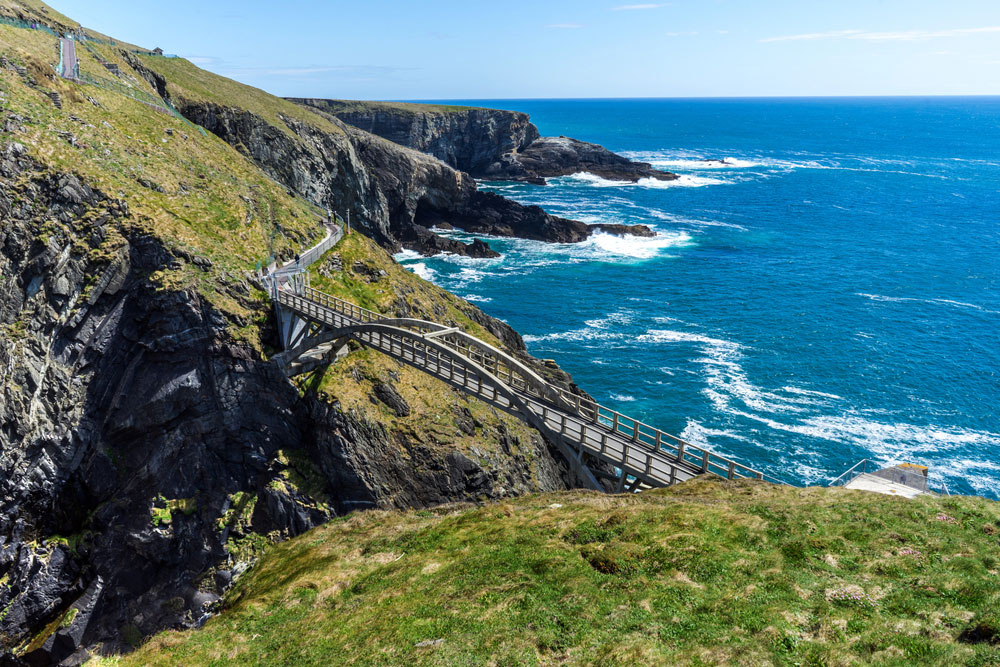An Overview of Fota Wildlife Park
Located on the picturesque Fota Island in County Cork, Fota Wildlife Park is a unique destination that combines the beauty of natural landscapes with a profound commitment to wildlife conservation. Established in 1983, the park is part of the larger Fota Estate, which also includes the historic Fota House and Gardens. Covering over 100 acres, Fota Wildlife Park offers an immersive experience where visitors can observe a wide variety of animals in spacious, naturalistic enclosures.
What sets Fota Wildlife Park apart from traditional zoos is its innovative approach to animal care and visitor experience. The park is designed as a walkthrough, allowing guests to stroll through open habitats where animals roam freely, separated by natural barriers rather than cages. This design not only provides a more natural environment for the animals but also creates a more engaging and authentic experience for visitors.
Fota Wildlife Park is home to a diverse range of species, from majestic mammals like the Indian rhinoceros and Sumatran tiger to vibrant birds and fascinating reptiles. Many of the animals at Fota are part of international breeding programs aimed at preserving endangered species, making the park a critical player in global conservation efforts.
Education is at the heart of Fota Wildlife Park’s mission. The park offers a range of educational programs and interactive exhibits designed to inspire visitors of all ages to learn about wildlife and the importance of conservation. From daily animal talks to behind-the-scenes tours, there are countless opportunities to deepen your understanding of the animal kingdom and the challenges it faces.
Fota Wildlife Park is more than just a place to observe animals; it is a sanctuary that fosters a deep connection between people and nature. Whether you’re a local resident or a visitor from afar, a day at the Park is a journey into the wonders of the natural world, where every visit contributes to the ongoing efforts to protect and preserve our planet’s most vulnerable species.
The Unique Layout and Design of Fota Wildlife Park
Fota Wildlife Park stands out not just for its incredible array of animals but also for its innovative layout and design, which sets it apart from more conventional wildlife parks and zoos. The park’s design is inspired by the concept of open spaces and naturalistic enclosures, allowing animals to roam freely within large, carefully crafted habitats. This approach offers visitors a more immersive and authentic experience as they explore the park.
A Walkthrough Experience
Unlike traditional zoos, where animals are often viewed from behind bars or glass, Fota Wildlife Park provides a more interactive experience. The park is designed as a walkthrough, where visitors can wander along winding paths that weave through open enclosures. These areas are often separated by natural barriers like water bodies or low fences, creating the illusion that the animals are freely moving alongside you. This design fosters a sense of connection between visitors and the animals, offering a rare glimpse into their behaviors in an environment that closely mimics their natural habitats.
Zones and Habitats
Fota Wildlife Park is divided into several zones, each representing different ecosystems from around the world. These zones are carefully planned to ensure that each species has the space and environment it needs to thrive. For instance, the African Savannah zone features large, open grasslands where giraffes, zebras, and ostriches roam together, just as they would in the wild. Similarly, the Asian Sanctuary provides a lush, forested environment for endangered species like the Sumatran tiger and Indian rhinoceros.
Interactive and Educational Features
Throughout the park, educational signs and interactive displays offer insights into the animals’ lives, their conservation status, and the efforts being made to protect them. This educational aspect is integral to Fota Wildlife Park’s mission, as it seeks to inspire visitors to take an active role in conservation. Daily talks and feeding sessions, led by the park’s knowledgeable staff, provide additional opportunities to learn about the animals and their care.
A Commitment to Conservation
The park’s layout and design are not just about aesthetics; they reflect a deep commitment to conservation. By creating environments that resemble the animals’ natural habitats, the park plays a vital role in breeding and reintroduction programs for endangered species. This focus on conservation is evident throughout the park, from the careful selection of plants that mirror the animals’ native landscapes to the sustainable practices employed in maintaining the park’s infrastructure.
The thoughtful design and layout of Fota Wildlife Park ensure that every visit is not only enjoyable but also educational, leaving visitors with a deeper appreciation for the beauty and complexity of the animal kingdom.
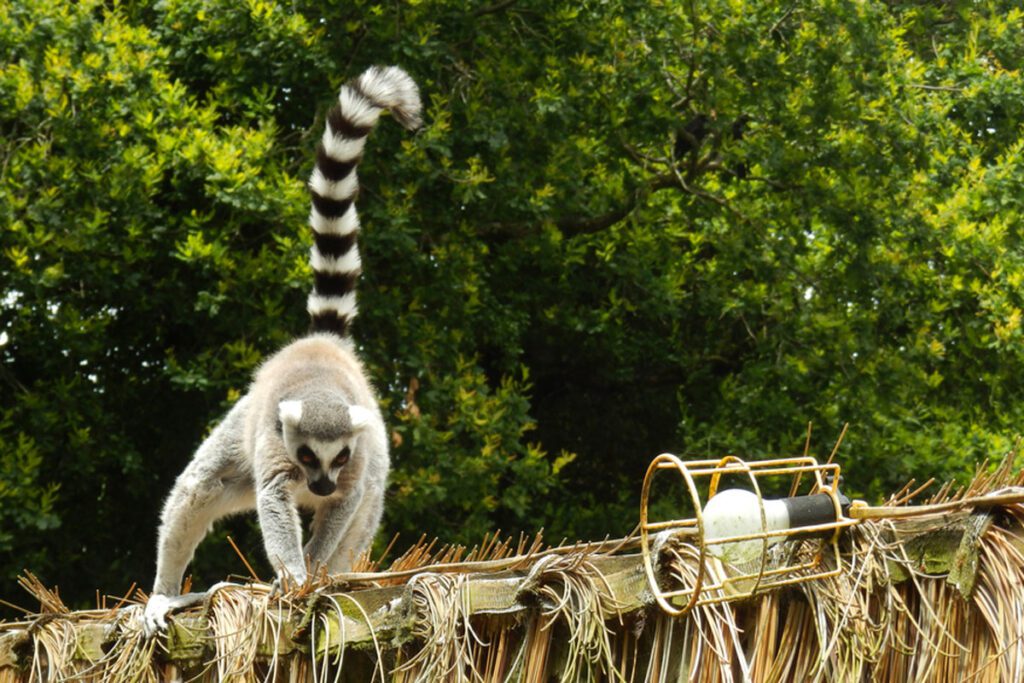
The Diverse Inhabitants of Fota Wildlife Park
Fota Wildlife Park is home to an impressive array of animals, representing species from all corners of the globe. The park’s dedication to conservation and education is reflected in the diverse inhabitants that visitors encounter, many of which are part of international breeding programs aimed at preserving endangered species.
Mammals: Majestic and Endangered
One of the highlights of Fota Wildlife Park is its collection of mammals, many of which are endangered or vulnerable in the wild. The Asian Sanctuary is home to the majestic Sumatran tiger, a critically endangered species with fewer than 400 individuals left in the wild. The park’s breeding pair of tigers plays a crucial role in the global effort to save this species from extinction.
In the African Savannah, visitors can observe graceful giraffes strolling alongside zebras, ostriches, and scimitar-horned oryxes. The scimitar-horned oryx, once extinct in the wild, is part of a successful reintroduction program that Fota Wildlife Park actively supports. These large, open enclosures allow the animals to interact in ways that mimic their natural behavior, providing a fascinating spectacle for visitors.
The park is also home to the Indian rhinoceros, another endangered species that is part of a carefully managed breeding program. These impressive creatures can be seen grazing in spacious paddocks that resemble the floodplains and grasslands of their native habitats in India and Nepal.
Primates: Social and Intelligent
Fota Wildlife Park’s primate collection is another major attraction. The park is home to a variety of primate species, including the ring-tailed lemurs of Madagascar, known for their social behavior and striking appearance. These lemurs live in a large island habitat where visitors can observe them leaping between trees and basking in the sun.
The park also houses Siamang gibbons, known for their loud, resonant calls that can be heard across the park. These highly social and intelligent primates are fascinating to watch as they swing gracefully through the trees of their spacious enclosure.
Birds: Vibrant and Vocal
Fota Wildlife Park is a haven for bird lovers, with a wide variety of avian species from around the world. The Marabou stork, with its distinctive appearance, is one of the more unusual residents. These large birds, native to Africa, can often be seen in the park’s wetlands, where they share space with other waterfowl.
The park also boasts an impressive collection of cranes, including the striking white-naped crane and the endangered red-crowned crane. These elegant birds are part of Fota’s commitment to avian conservation, with successful breeding programs in place for several species.
In the Tropical House, visitors can encounter a variety of exotic birds, including colorful parrots and turacos. This enclosed environment is designed to mimic the lush rainforests of South America and Africa, providing a vibrant and immersive experience.
Reptiles and Amphibians: Fascinating and Formidable
While Fota Wildlife Park is primarily known for its large mammals and birds, it also has a collection of reptiles and amphibians that add to the park’s biodiversity. The Aldabra giant tortoise, one of the largest tortoises in the world, can be seen slowly making its way through a specially designed enclosure that mimics its native habitat in the Seychelles.
In the Tropical House, visitors can also find various species of frogs, lizards, and snakes, each living in carefully controlled environments that replicate their natural habitats. These creatures, though less conspicuous than some of the park’s larger inhabitants, play a crucial role in the ecosystems they represent and are a fascinating part of the park’s overall diversity.
The diverse inhabitants of the Park offer visitors a unique opportunity to connect with wildlife from around the world. Each species, whether large or small, plays a vital role in the park’s conservation efforts and adds to the rich tapestry of life that makes Fota a truly special place.
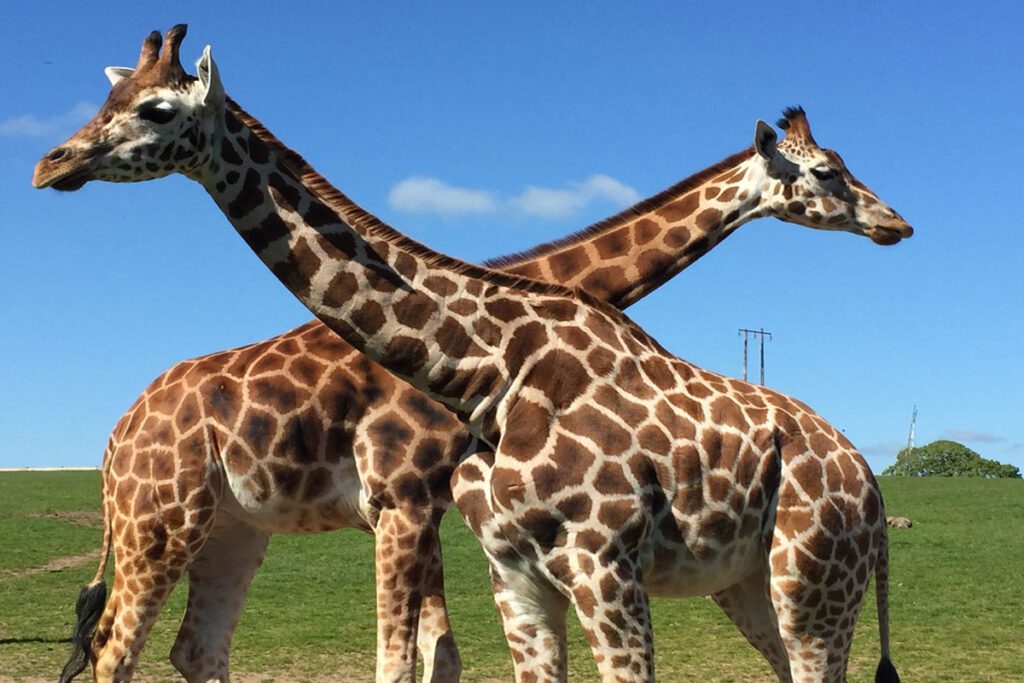
Conservation Efforts and Global Impact
Fota Wildlife Park is not just a destination for animal lovers; it is a beacon of conservation and a crucial player in global efforts to preserve endangered species. The park’s commitment to conservation is woven into every aspect of its operation, from the design of its habitats to its participation in international breeding programs.
Breeding Programs: A Lifeline for Endangered Species
One of the most significant contributions Fota Wildlife Park makes to global conservation is through its participation in European Endangered Species Programmes (EEPs). These programs are collaborative efforts between zoos and wildlife parks across Europe to manage the breeding of endangered species in captivity. The park is home to several species that are part of these critical programs, including the Sumatran tiger, Indian rhinoceros, cheetah, and scimitar-horned oryx.
The park’s success in breeding these species is a testament to its dedication to providing environments that closely replicate the animals’ natural habitats. By creating spaces that encourage natural behaviors, Fota has been able to produce healthy offspring that contribute to the genetic diversity of the global population. This is particularly important for species like the Sumatran tiger, where every new birth represents hope for the survival of the species.
Reintroduction Programs: Bringing Species Back from the Brink
Fota Wildlife Park is also involved in reintroduction programs, where animals bred in captivity are released back into the wild. One of the most notable successes is the scimitar-horned oryx. Once extinct in the wild, this species has been successfully reintroduced to its native habitats in North Africa, thanks in part to the efforts of wildlife parks like Fota. These programs are meticulously planned to ensure that the animals have the best chance of survival once released, with extensive preparation and monitoring to support their transition back into the wild.
Research and Collaboration: Advancing Conservation Science
Research is another pillar of the park’s conservation efforts. The park collaborates with universities, research institutions, and other wildlife organizations to study the animals in its care. This research provides valuable insights into animal behavior, genetics, and health, which can be applied to conservation efforts both in captivity and in the wild.
One of the key areas of research at Fota is the study of animal genetics. By understanding the genetic makeup of endangered species, researchers can make informed decisions about breeding pairs, ensuring that the offspring are genetically diverse and robust. This work is critical in preventing inbreeding, which can lead to a decline in the health and viability of the population.
Fota Wildlife Park also plays a role in education, raising awareness about conservation issues among visitors. The park’s educational programs are designed to inspire the next generation of conservationists by providing them with the knowledge and tools they need to protect the natural world. Whether through guided tours, workshops, or school programs, Fota is committed to spreading the message of conservation far and wide.
Environmental Sustainability: A Holistic Approach
Conservation at Fota Wildlife Park extends beyond the animals to include the environment as a whole. The park is dedicated to environmental sustainability, implementing practices that minimize its impact on the planet. This includes everything from using renewable energy sources to implementing waste reduction programs and sustainable water management.
Fota’s commitment to sustainability is evident in its landscaping as well. The park uses native plants in its gardens and enclosures, which not only provide natural habitats for local wildlife but also require less water and maintenance. This holistic approach ensures that Fota Wildlife Park is not just a sanctuary for animals but also a model for how human activities can coexist with nature in a sustainable way.
Through its breeding programs, research, education, and sustainability efforts, Fota Wildlife Park is making a significant impact on global conservation. The park’s work is a shining example of how dedicated efforts at the local level can contribute to the preservation of species and ecosystems on a global scale.
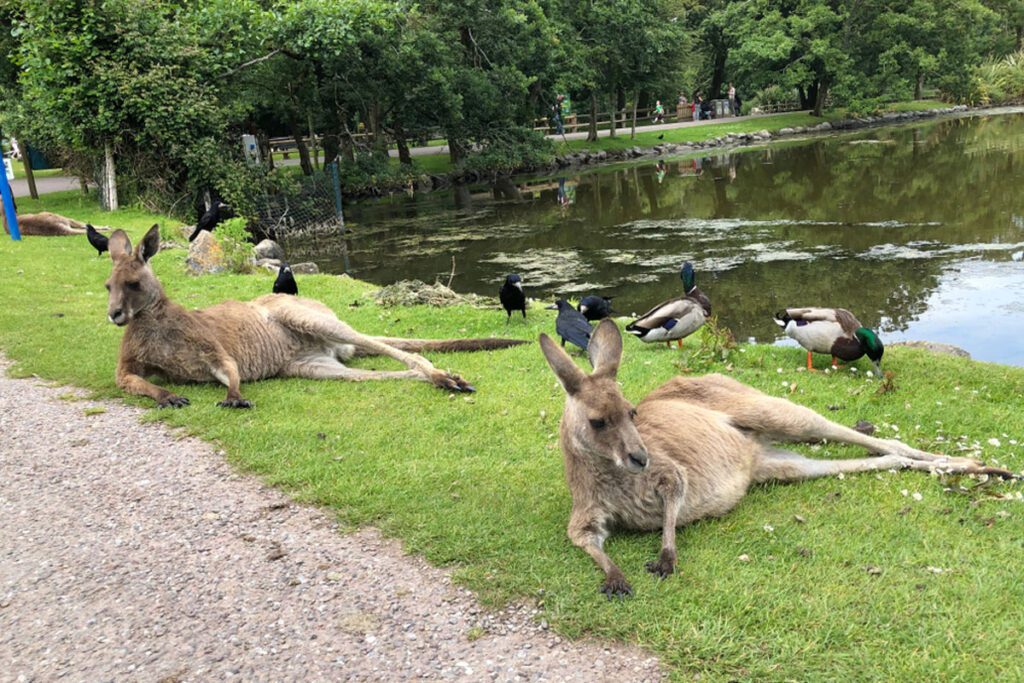
Natural Attractions
- Blarney Castle and Gardens – Famous for the Blarney Stone, said to grant the gift of eloquence to those who kiss it.
- Gougane Barra Forest Park – A tranquil park with forest trails, a serene lake, and a historic chapel.
- Mizen Head – Ireland’s most southwesterly point with dramatic cliffs and a signal station.
- Ballycotton Cliff Walk – A scenic coastal trail with stunning views of the Atlantic.
- Garinish Island – A beautiful island with subtropical gardens accessible by ferry from Glengarriff.
Historical and Cultural Sites
- Cobh Heritage Centre – Explore Ireland’s emigration history and the story of the Titanic’s last port of call.
- Jameson Distillery Midleton – Learn about the art of whiskey-making and enjoy a guided tasting.
- Charles Fort – A well-preserved 17th-century star-shaped fort overlooking Kinsale Harbour.
- Blackrock Castle Observatory – A historic castle housing an interactive science and astronomy center.
- Elizabeth Fort – A 17th-century fort offering panoramic views of Cork City.
Lakes and Water Activities
- Lough Hyne – A saltwater lake perfect for kayaking, snorkeling, and stargazing.
- Inchydoney Beach – A pristine beach ideal for swimming, surfing, and relaxing.
- The River Lee – A picturesque river that flows through Cork City, offering opportunities for boating and walking.
- Bantry Bay – Known for sailing, fishing, and exploring nearby islands.
Scenic Drives and Villages
- Kinsale – A charming coastal town known for its gourmet food, colorful streets, and maritime history.
- Baltimore – A picturesque village offering ferry access to the islands of Roaringwater Bay.
- Clonakilty – Renowned for its vibrant music scene, colorful buildings, and Michael Collins Centre.
- Beara Peninsula – A scenic drive with rugged landscapes, colorful villages, and the Healy Pass.
Unique Experiences
- Spike Island – Once a monastery, fortress, and prison, now a fascinating tourist attraction.
- Fota Wildlife Park – A family-friendly park with free-roaming animals and educational exhibits.
- The English Market – A historic covered market in Cork City offering local produce and artisan foods.
- Dursey Island – Accessible via Ireland’s only cable car, known for its walking trails and unspoiled beauty.
- Sheep’s Head Way – A peaceful walking trail with spectacular coastal views and quaint villages.
County Cork is a treasure trove of natural wonders, historical landmarks, and cultural experiences, making it a captivating destination for all visitors.
Helpful Resources




